The city of Bikaner is known for its diverse culture, royal palaces, and majestic architectural structures. The city is a testimonial to the royal establishment that patronized various art forms in its vicinity. Among them, the golden art of Usta has a prominent place in the city’s historic architecture.
The Art
The word Usta is derived from the Persian word ‘Ustad’, an honorific title given to the master of a particular art or occupation. It is a generic term that eventually became associated with Naqashi and Manoti art done by Mughal artists. Today, ‘Usta’ refers to a caste of generational artists that live in the city of Bikaner in Rajasthan, India.
Usta art encompasses a variety of styles and methods. The most common style today is the Sunehri Munawwati Naqashi– also known as gold embossing work. It was done on a variety of surfaces including walls, ceilings, marble, wood, and camel leather. Interestingly, it is one of the handful of crafts that uses 24-carat gold.
Even though the origin of the craft is based in arid lands, with little to no vegetation, Usta Kaam depicts the carmine flower patterns in green and deep reds. The elements of the art form continued to evolve throughout its history, based on the availability of materials, surface size and patronage. However, the overall stylistic components of Usta Kala stayed the same.
Techniques
First, the base surface is smoothened, then the dimensions of the base material are fixed according to the design. The embossed surface is painted upon with a color called paveri, thereafter a color made from sindur and rogan is applied. Originally, natural pigments were used in the process, whereas today, commercial colors are used due to their accessibility and wide usage.
Fig. 1 Materials used in Usta Art (MeMeraki Usta Masterclass)
Once dried, a paste made out of clay powder, gum, jaggery, naushadar and other ingredients is applied on the embossed surface. Embossing the surface is what gives Usta Art “the lift” that sets it apart from the other art forms such as miniature paintings. Once complete, it is covered with yellow paint. Then, the gold foil is applied, and the details are outlined.
History
Raja Rao Bikaji founded the city of Bikaner in 1545 CE. He brought with him about 450 people of varied castes to settle the city of Bikaner. Bikaner flourished as a semi-state, and later as a complete state under the Mughal empire. The reign of Akbar was mostly stable, albeit with a few exceptions. During this period, he imported different art and craft techniques from Persia, one of them being Usta.
The reign of the sixth king of Bikaner, Raja Rai Singh, and his victory in Junagarh for the Mughal emperor Akbar, changed the fate of the city. Singh was given the title of Maharaja, and the Junagarh fort was built to commemorate the victory. The fort was adorned by Usta artists from Akbar’s atelier, thus beginning the tradition of Usta art in the city of Bikaner. Over the course of years, Usta artists continued to migrate to the court of Bikaner, often employed by royals and nobles. The prominent Usta artists of the time were Usta Hamid Raza, Ali Raza, and Ruknuddin, among others.

Fig. 2 Maharaja Rai Singh of Bikaner (Cleveland Museum of Art)
Bikaner continued to provide royal patronage to the Usta artists, whose scope increased from palaces to temples, and even Havelis. Under the reign of Raja Karan Singh, Ustad Ali Raza adorned the temple of Laxminarayan. Usta art continued to flourish under the different rulers of the city, and its specimens can be seen in the Anoop Mahal, Karan Mahal, Phool Mahal to name a few.
A small influence of Usta Kaam comes from Turkey and Iran, being an art patronized by the Mughals there was a strong influence of Persian and Jain temple art as well. It later began to incorporate some elements of Chinese blue pottery under the reign of Raja Sardar Singh, while still keeping intact its original style of depiction.
Journey Through Time
Originally, Usta kaam was done on walls wood, and doors. As patronage expanded, and technology developed, the artists continued to change the base materials, a process continuing even today.
During the reign of Shah Jahan, plain glass and its ornamental use was discovered for the first time, and became a base material for the munawwat work. The Usta Kaam on plain glass was famous in the temples, as it was washable and could wash the black soot from the lamps.
Later, with the development of mirrors, the Usta kaam came to be done on them, with a slight variation. Now, it was gold engraving instead of the munawwat work. Desi chuna, or a local version of Plaster of Paris was used to do the embossing. This was primarily done on the mirror joints so that they appeared like one whole mirror instead of joints. A phenomenal example of this is the Sheesh Mahal, Junagarh.

Fig. 3 Karn Mahal, Junagarh Fort (Source: MeMeraki Bikaner Masterclass)
Apart from forts and palaces, Usta Kaam can also be seen in the Rampuria havelis in Bikaner, Khwaja Muinuddin Dargah in Ajmer, and Nizamuddin Auliya Dargah in Delhi.
Usta kaam had continued popularity under the English East India Company as well. They got a specimen of Chinese Blue Pottery to the then Maharaja of Bikaner, Sardar Singh, and requested him to get Usta Kaam done on objects other than Havelis so that they could be transported to England.
Initially, the Usta artists began to work on terracotta pots, however, they broke during their transport to London. Thus began the search for an object which would not break easily and be easy enough to transport. They experimented with camel skin which was used to transport liquids and were able to create beautiful Usta pieces, taken home as souvenirs by the British.
Usta Kala Today
Despite being a historically significant art form, Usta Kalamkari is struggling to survive in modern times. The art was revived by Padma Shri Hisam-ud-din Usta, the last formally trained artist of the craft in India, who established a training center in 1975 with the support of the government. However, despite the center's efforts, the craft is on the verge of extinction, with only a handful of Usta artists practicing today. The lack of low-cost materials and public awareness about the craft's commercial value are among the reasons for its decline.
Fig. 4 Oval Wooden Frame: Sunahari Manovati or Gold Embossing Work (MeMeraki)
The survival and evolution of Usta art depend on the joint efforts of its artists and patrons. To sustain its growth and recognition, the artists have transitioned from the conventional camel hide and wood to metals and MDF boards. However, the craft still faces the challenge of finding new base materials that fit the centuries-old Usta style into the modern way of life. Thus, a collaborative effort is crucial to preserve this unique and valuable craft for future generations.
References
“Usta Art of Bikaner बीकानेर की प्रसिद्ध उस्ता कला.” USTA ART OF BIKANER बीकानेर की प्रसिद्ध उस्ता कला ~ राजस्थान ज्ञान भंडार (Rajasthan General Knowledge Store). Accessed October 17, 2022. https://www-rajtotalgk-com.translate.goog/2012/03/USTA-ART-OF-BIKANER.html?_x_tr_sl=hi&_x_tr_tl=en&_x_tr_hl=en&_x_tr_pto=sc.
“Craft Revival Trust.” The Encyclopedia of Crafts in WCCAsia Pacific Region ECAPR, July 24, 2020. https://encyclocraftsapr.com/usta-kaam-painting-on-camel-leather/.
“Gesso Painting / USTA Kaam of Rajasthan.” Global InCH, n.d. https://globalinch.org/craft/gesso-painting-usta-kaam-of-bikaner-rajasthan/.
Ghose, Indrani. “Usta Art of Bikaner, Rajasthan, How USTA Art Is Done.” i Share, October 10, 2019. https://isharethese.com/usta-art-of-bikaner-heritage-art-handmade-rajasthan/.
Kalia, Vibhuti. 2021. "Revival Of Traditional Usta Art From Camel Hide To Fabric". International Journal Of Creative Research Thoughts, no. 2320-2882.
“Usta Kala Masterclass (on Demand, Pre-Recorded, Self Paced).” MeMeraki.com, n.d. https://www.memeraki.com/collections/masterclasses/products/usta-kala-masterclass-on-demand-pre-recorded-self-paced.
“USTA.” Madhumita Nandi. Accessed October 18, 2022. https://www.madhumitanandi.com/usta.
“Usta Art.” Project Virasat. Accessed October 21, 2022. https://projectvirasat.com/pages/usta-art.


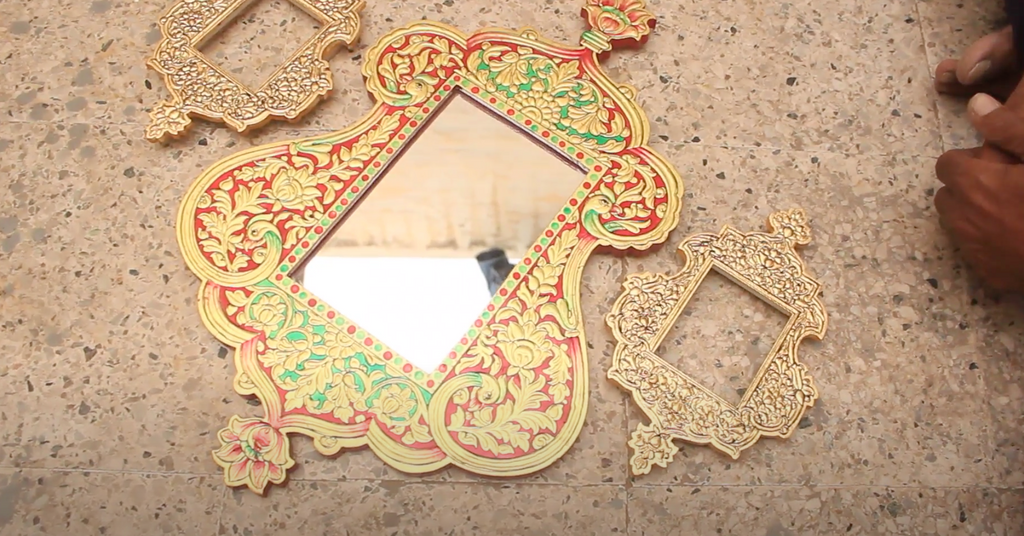


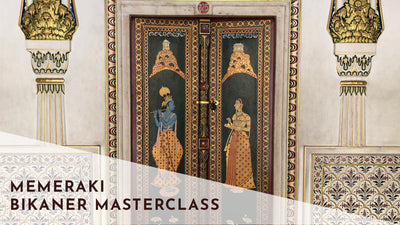
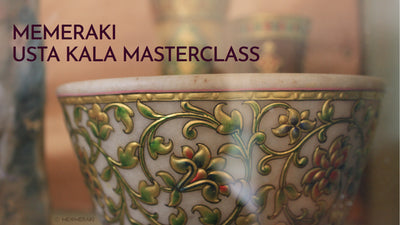
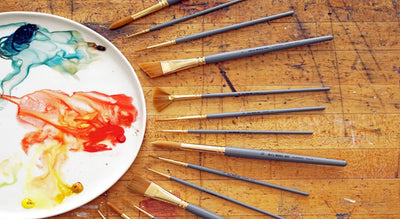
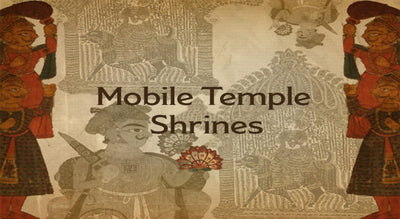
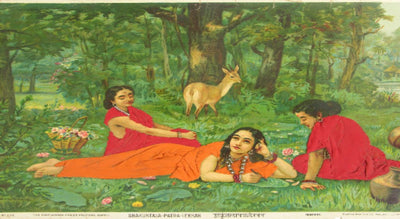
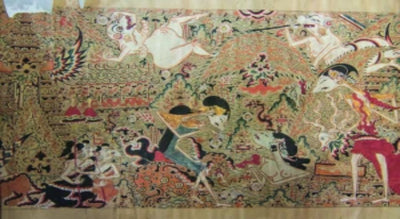
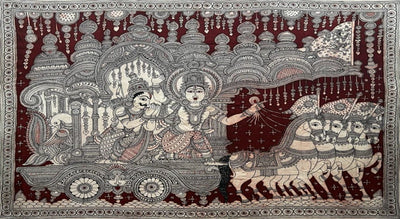
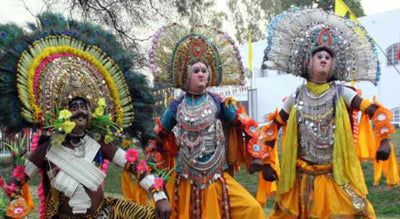
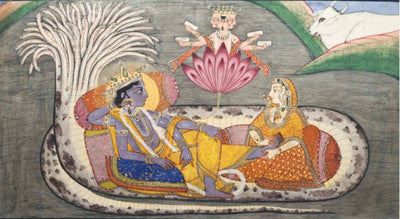

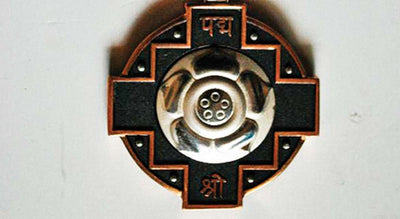
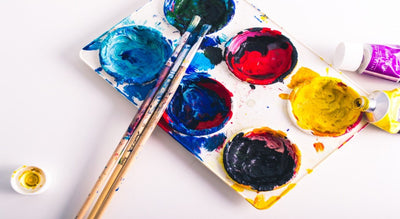
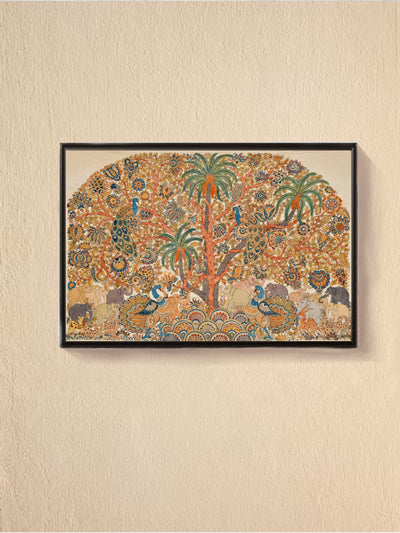







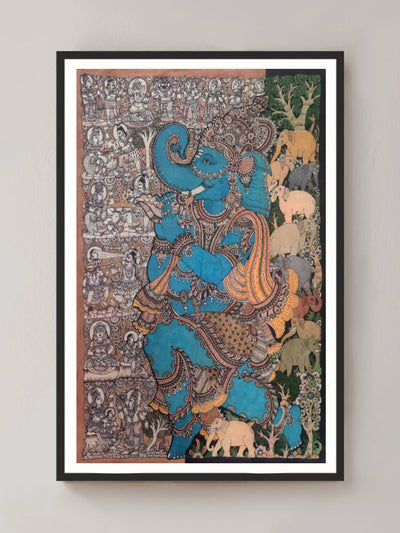








0 comments